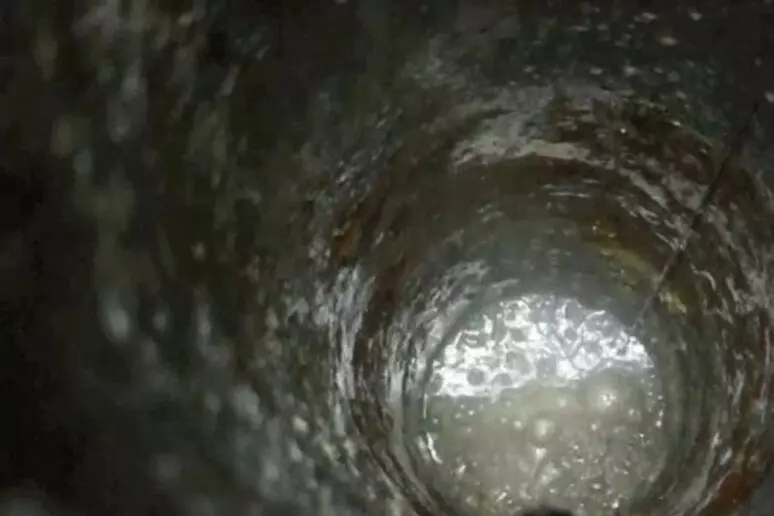According to a recent review published in the journal, Nature Reviews Earth and Environment, the Earth’s crust has generated enough hydrogen over the past billion years to meet current energy needs for about 170,000 years. Researchers at the University of Oxford, along with other international centers, have identified ideal geological conditions for the formation and storage of underground hydrogen. This discovery paves the way for a new phase of exploration with potentially revolutionary implications: at least 30 U.S. states, starting with Kansas, could harbor deposits of natural hydrogen, a clean energy resource strategic to reducing global emissions.
Currently, commercially available hydrogen is mostly man-made, created from water or gas, with processes that can be more or less polluting. The most sustainable is green hydrogen, made from renewable energy. Natural hydrogen is preferable to green hydrogen because, being already present in nature, it does not require energy to be produced, so it has almost no environmental impact.
Until now, geologists had only a limited understanding of the mechanisms behind hydrogen formation and storage. The new study provides a detailed list of the geological conditions that favor these processes, making the search for potential deposits more effective.
“The challenge now is to understand where the hydrogen was produced, where it accumulated and whether it remained conserved over time,” explained Chris Ballentine, professor of geochemistry at the University of Oxford and lead author of the study, in an interview with Live Science.
There are at least a dozen natural processes that can generate hydrogen. The simplest involves the chemical reaction that separates water into hydrogen and oxygen. Any type of rock that promotes one of these processes can therefore be a potential source, the experts explain.
However, one major unknown remains: it is still unclear how much of this hydrogen is actually accessible and can be extracted in an economically viable way.












